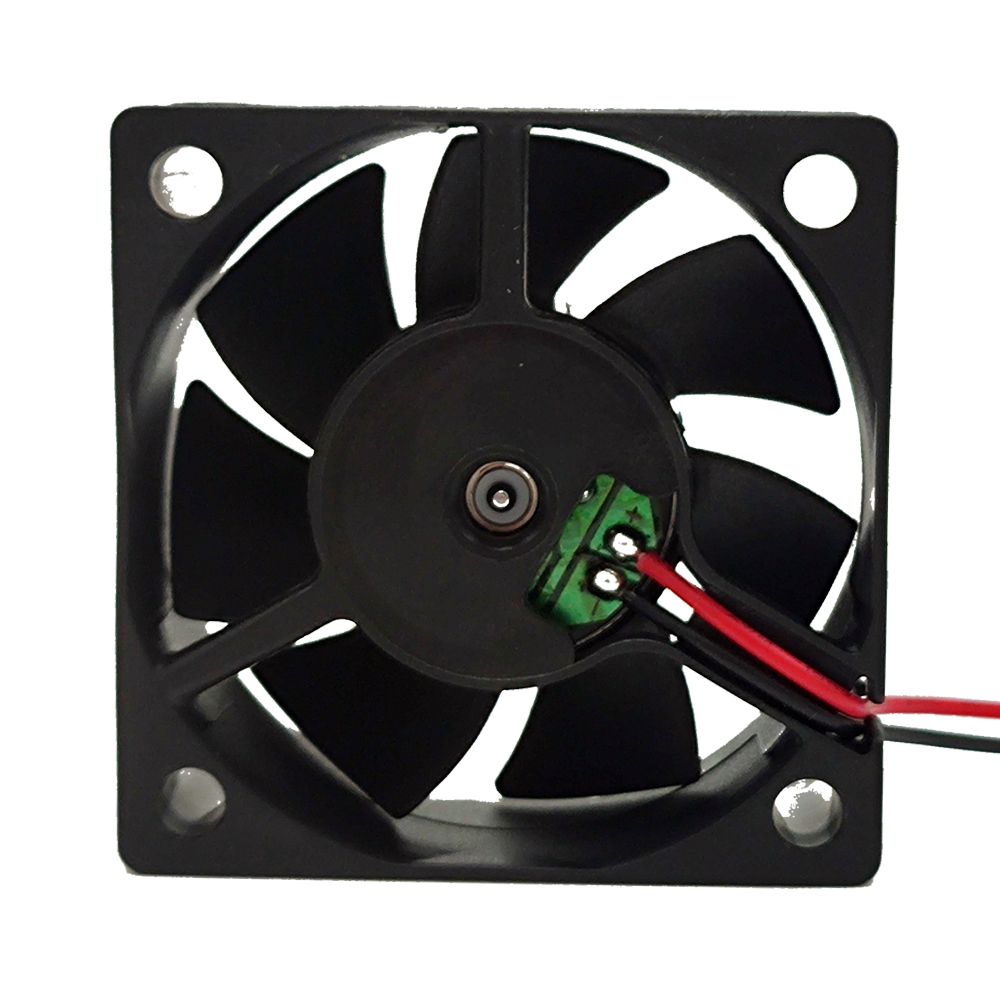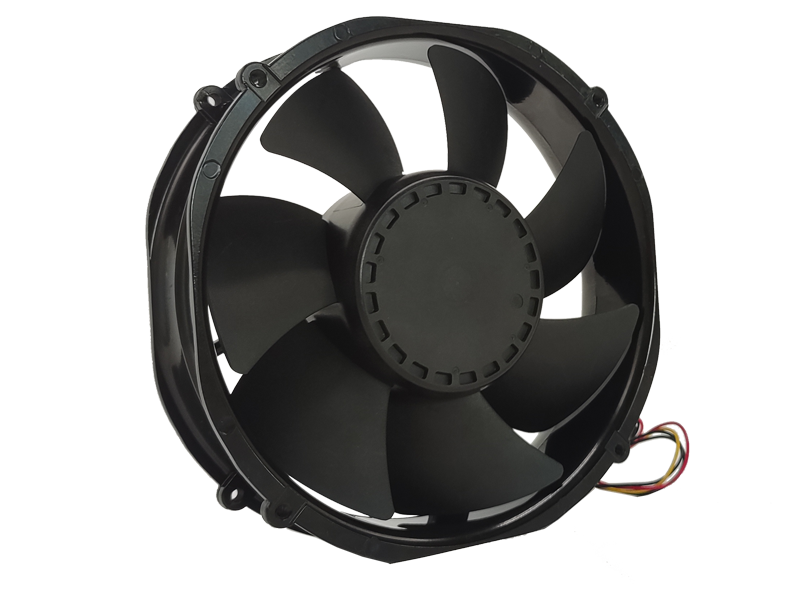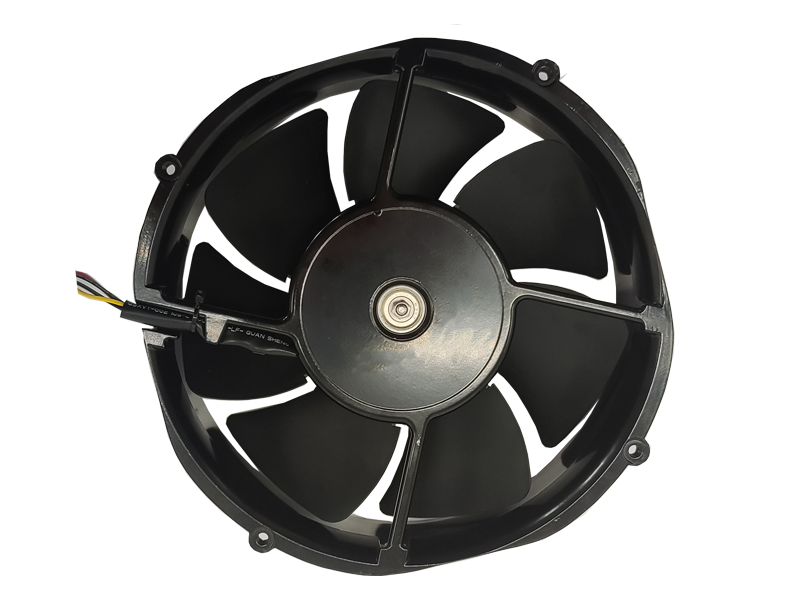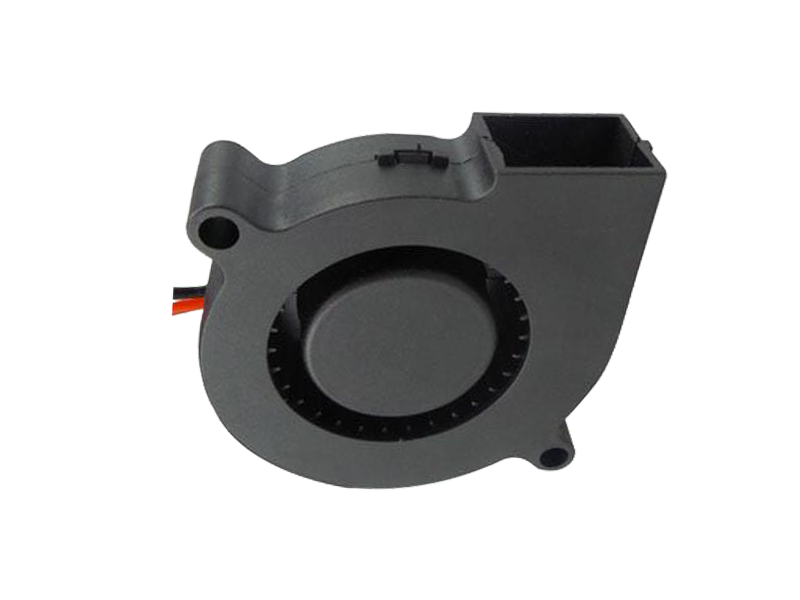Industrial fans are more than just simple machines that move air; they are sophisticated pieces of technology that incorporate a range of engineering principles to ensure efficient, reliable, and safe operation. From the intricate design of the fan blades to the advanced motor technology driving them, every component of an industrial fan is meticulously engineered to meet the demands of diverse industrial applications. This article explores the technology behind industrial fans, highlighting the innovations that make them indispensable in maintaining air circulation and workplace comfort.
Blade Design: The Art and Science of Airflow
The blades of an industrial fan are the primary components responsible for generating airflow. Their design is a delicate balance of art and science, incorporating aerodynamic principles to optimize air displacement and minimize noise.
Manufacturers use advanced computational fluid dynamics (CFD) software to simulate airflow patterns and refine blade designs. This process involves iterating through various blade shapes, angles, and materials to achieve the desired airflow characteristics while minimizing turbulence and noise. The result is a blade design that not only moves a significant volume of air but also distributes it evenly and quietly across the workspace.
Motor Technology: The Engine of Efficiency

The motor driving an industrial fan is another critical component, responsible for converting electrical energy into mechanical power to rotate the blades. Advancements in motor technology have significantly improved the efficiency and reliability of industrial fans.
Brushless DC motors (BLDCs) and permanent magnet synchronous motors (PMSMs) are becoming increasingly popular due to their high efficiency, low noise, and long lifespan. These motors offer precise speed control, enabling fans to operate at optimal performance levels while consuming less energy.
Moreover, the integration of variable frequency drives (VFDs) allows for further energy savings by adjusting the motor's speed in response to changing loads or environmental conditions. This adaptability not only enhances fan performance but also contributes to overall system efficiency and sustainability.
Safety Features: Ensuring Peace of Mind
In industrial settings, safety is paramount. Industrial fans are designed with a range of safety features to protect both the equipment and the personnel operating them.
Overheat protection, thermal cut-outs, and surge protection are standard features in modern industrial fans, ensuring that the motor and electrical components remain safe under all operating conditions. Additionally, guards and shrouds around the blades prevent accidental contact, reducing the risk of injuries.
Furthermore, manufacturers often provide detailed safety instructions and guidelines to ensure that users can operate the fans safely and effectively. By incorporating these safety measures, industrial fan manufacturers are not only protecting their products but also contributing to a safer workplace environment.
Recommended Products

The main purpose:Car charging station

The main purpose:Car charging station

The main purpose:Electronic refrigerators, water dispensers, direct drinking machines, inverter power supplies
Address:No. 4137, Longgang Avenue (Henggang Section), Henggang Community, Henggang Street, Longgang District, Shenzhen
hotline:13530005572(Chen)15112579390(Li)


Welcome all friends to come for consultation and negotiation.
Copyright 2024 @ Shenzhen Youneng Xinyuan Electronics Co., Ltd.,(industrial fans,industrial blowers,axial fans,cooling fans manufacturer,centrifugal fans,ac cooling fans,dc cooling fans)